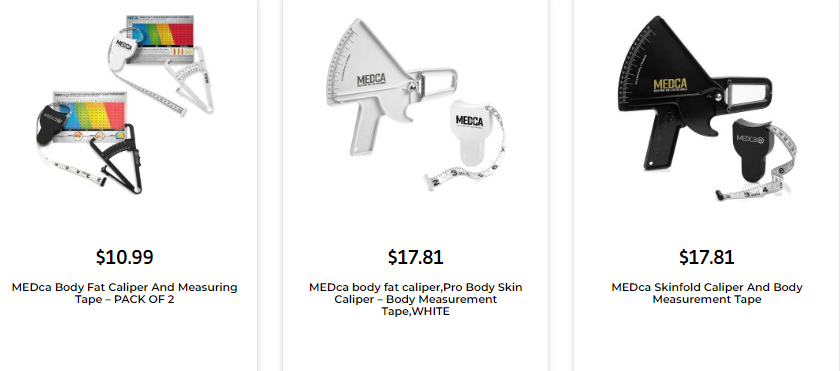Creating a custom logo design involves developing a unique visual identity that represents your brand. Whether you plan to design the logo yourself or hire a professional designer, here are steps and considerations for crafting a custom logo:
- Define Your Brand Identity: Understand your company’s mission, values, and target audience. What message do you want your logo to convey, and how does it align with your brand?
- Research and Inspiration: Explore your industry and competitors’ logos for design inspiration. Note design trends and elements that stand out.
- Concept Development: Start with brainstorming and sketching out initial ideas. Don’t be afraid to generate multiple concepts during this creative phase.
- Choose Logo Type: Determine the type of logo that suits your brand. Options include wordmarks (text-based), lettermarks (initials), emblems (symbols enclosed in a shape), and combination logos (text and symbol).
- Color Selection: Select colors that are relevant to your brand’s personality and message. Different colors evoke various emotions, so choose wisely.
- Typography: If your logo includes text, choose fonts that reflect your brand’s character. Consider legibility and the uniqueness of the chosen fonts.
- Icon/Symbol Design: If incorporating a symbol or icon, ensure it is unique and relevant to your company. It should be able to stand alone and still be recognizable.
- Balance and Proportion: Maintain visual balance and proportion in your design. No single element should dominate the others.
- Simplicity: Simplicity is key; keep the design uncluttered and easy to understand. Overly complex logos can be hard to reproduce and remember.
- Versatility: Test your logo in different contexts to ensure it remains identifiable when scaled up or down. It should work well on various mediums.
- Feedback: Share your concepts with a focus group, colleagues, or a professional designer to gather feedback. Consider their suggestions for improvement.
- Refinement: Based on feedback, refine your logo. This may involve making minor adjustments to color, font, or layout.
- Professional Design Tools: If you’re not experienced in design, consider using professional design software or hire a graphic designer to create your logo.
- Legal Considerations: Before finalizing your logo, research trademark and copyright issues to ensure your design is unique and won’t infringe on others’ rights.
- File Formats: Ensure you have your logo in various file formats (e.g., vector, PNG, JPEG) to meet different requirements.
- Consistency: Use your logo consistently across all branding materials to build recognition and trust.
Creating a custom logo is a significant step in establishing your brand’s visual identity. Take the time to develop a logo that not only represents your brand but also resonates with your audience. Remember that your logo should be adaptable and evolve as your brand does.




